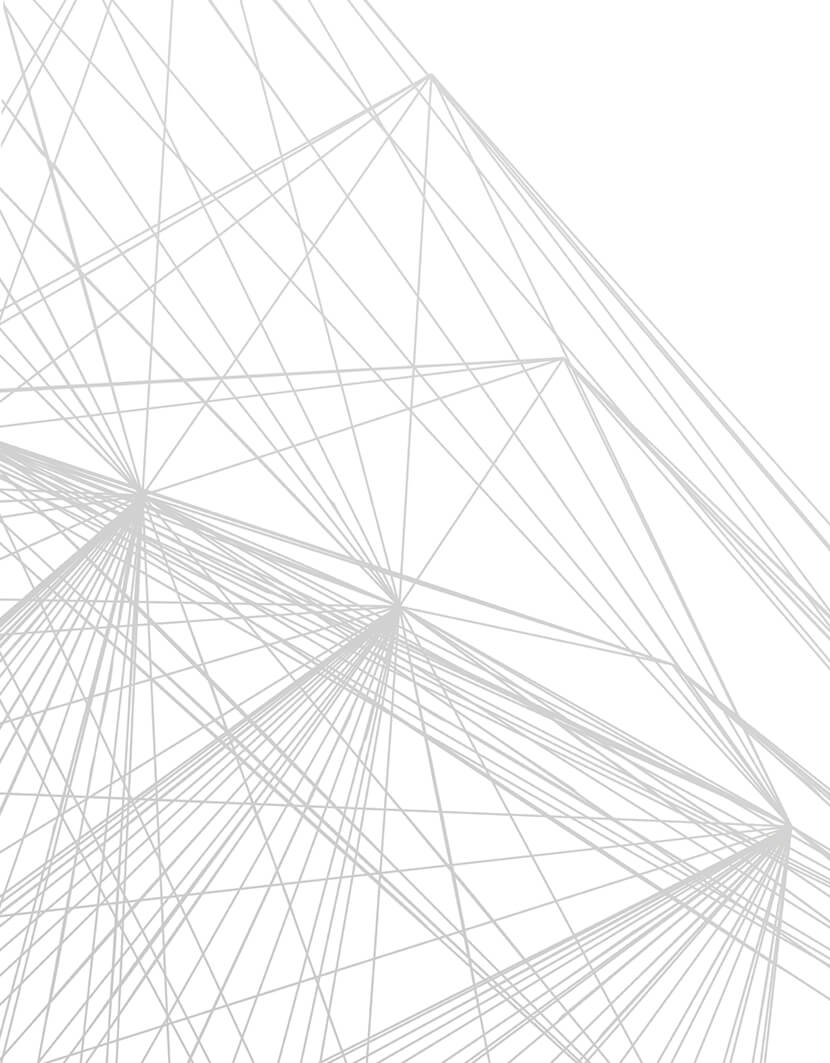Two teams from ESD now Stantec and Stantec join a total of 600 Women Build volunteers in this year’s effort by Habitat for Humanity to construct houses for Chicago women who might not otherwise be able to afford a new home. (Learn more about Habitat for Humanity Chicago’s Women Build.)
Extraordinary circumstances are accelerating the transformation of face-to-face activities to virtual activities to move essential projects forward.
Since 2017, I’ve shared my perspective of trends within the Data Center Industry within a column for Mission Critical Facilities magazine.
Preparing this column was emotional as I contemplated the speed with which the world is changing due to the pandemic. People coming together in creative ways is providing me with a sense of assurance that we will get through the pandemic and will be more open to new ways of connecting with each other and doing things differently – together.
Expanding on the column, the adaptation of traditional processes within a virtual environment, is one of the reasons I’m hopeful for our society beyond the pandemic. The columns I submit are limited by word count, and I’m using ESD’s news section to expand upon and share my enthusiasm for our team.
Quality, Virtually: Overcoming a Bottleneck
While we see a new type of collaboration within the office environment, the collaboration with our clients is the most important. Last week, our Mission Critical Facilities team conducted three major “page turns” (meetings where we go through design drawings, page-by-page, with our client) that were flawless. It’s one thing to hit your deadlines, but it’s another thing to develop and deliver flawless, 100% QA/QC’d design drawings that were reviewed with the client virtually, through a process that, traditionally, is a face-to-face activity in our industry.
Why It Is Important
Data center capacity and resiliency is even more important during this time – where almost any activity that could be done virtually is taking place virtually. Hyperscale and colocation companies are doing their part to keep systems operating – supplying the infrastructure to keep us connected, continuing to work (if not required to be on site) and continuing education activities (e-learning).
The design and construction activities on behalf of these companies can’t simply go on hold. The demand for increased capacity is real, and the ability to overcome traditional face-to-face activities in a virtual environment is required to support their ability to expand and provide cloud-enabled resources to billions of people throughout the world. Even though a page turn may look like a simple task, they are required for our clients to move forward with confidence.
I’ve never been prouder of the collaboration and successes of what we are doing during this pandemic. I am humbled.
Let’s find more ways to overcome bottlenecks. PM me on LinkedIn.




